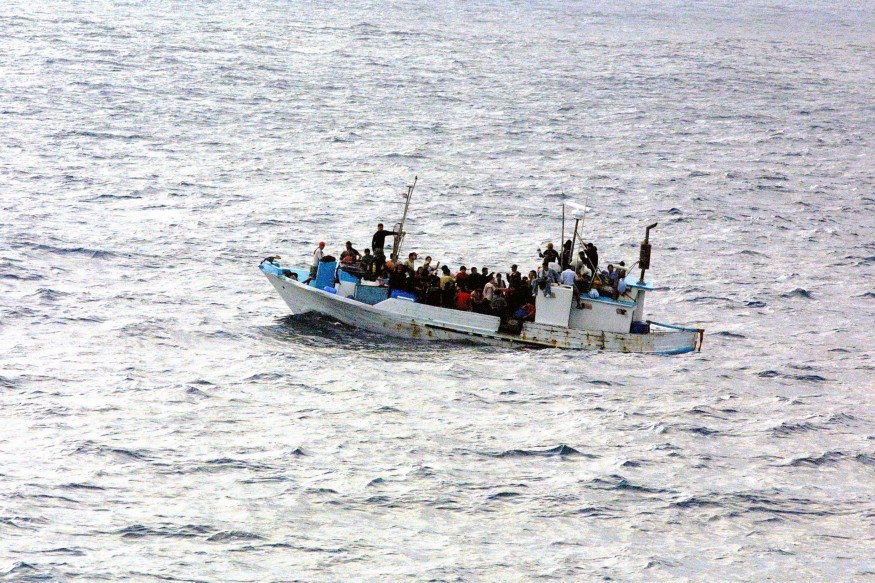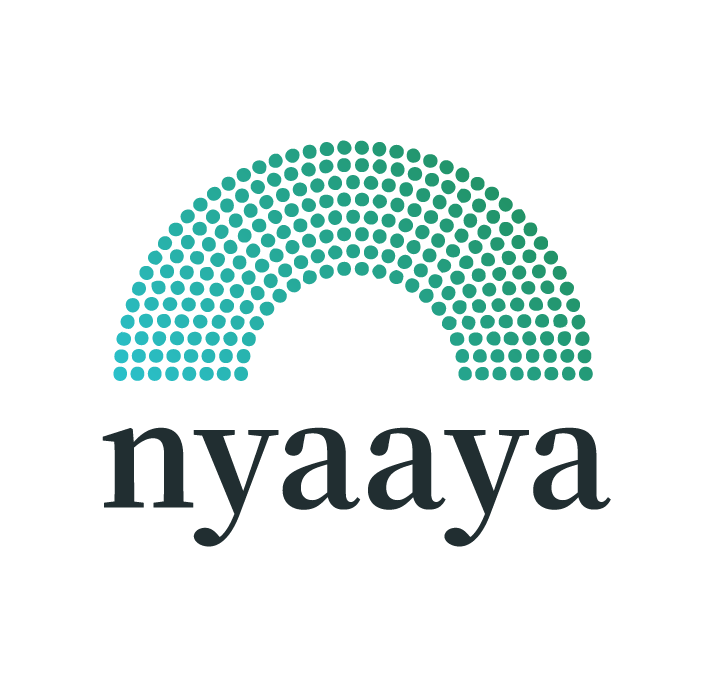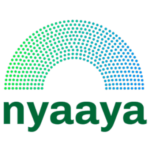By Raghunandan Sriram


What is refugee law?
Refugee law deals with the rights of those people who have been forcibly displaced from their native countries as refugees, and also covers duties of other nation-states in this regard. People may become ‘refugees’ due to ethnic strife, civil war, inter-country wars or a variety of other reasons. However, it is pertinent to note that people who migrate in search of better education and economic opportunities are not refugees. International refugee law evolved mainly in the aftermath of the Second World War, which displaced lakhs of people.
International legal framework on refugees
After the birth of the United Nations (UN) in 1945, the Universal Declaration of Human Rights was adopted by its founding members in 1948. It lays down the rights that any individual is entitled to, irrespective of their nationality, race, sex, caste etc. Article 14(1) of this Declaration states “Everyone has the right to seek and to enjoy in other countries asylum from persecution.”
The Convention Relating to the Status of Refugees (1951), adopted by 146 countries, was the first international agreement for refugee protection. The Convention defines the word ‘refugee’ and lays down their rights, in the context of the post-War refugee crisis. Countries that have signed and ratified this Convention are prohibited from discriminating against and expelling refugees. They are also not allowed to forcibly return refugees to their home country, a principle known as non-refoulement. The Protocol Relating to the Status of Refugees (1967), adopted by 147 countries, expanded the scope of international refugee law beyond World War 2 refugees of Europe, to include all communities forcibly displaced due to conflict and persecution.
To further the mandate of the Convention and the subsequent Protocol, the United Nations formed an agency in 1950, called the UN High Commissioner for Refugees (UNHCR), in order to protect refugees and assist in their return, resettlement or integration.
Refugees in India
India has been home to refugee communities like the Parsis and Jews, since before the conceptualisation of international refugee law. After India’s birth as a nation-state, Hindus and Sikhs from Pakistan and erstwhile East Pakistan (now Bangladesh) sought asylum as refugees of the partition. A decade later, Tibetan refugees led by the Dalai Lama fled their homeland for India. A wave of Bengali refugees entered India due to the 1971 Bangladesh genocide and the War. With the onset of the civil war in Sri Lanka, many Tamils sought refuge in large numbers. We have also played host to Afghan refugees, who fled the Soviet Invasion, Taliban regime and U.S. War on Terror. Other refugee groups include the Rohingyas, Chakmas and Hajongs, Somalia, Sudan, and persons of Indian origin from Kenya and Uganda.[i] Some of these communities, especially those that arrived centuries ago, possess citizenship and are Indian in every way.
Indian law on refugees
India has not signed the 1951 Convention or the 1967 Protocol and is thus not bound by its provisions. However, India is a member of the Executive Committee of the High Commissioner’s Programme (ExComm), a body which approves and supervises the programmes of the UNHCR. India also voted for the UN Declaration on Territorial Asylum (1967) and the New York Declaration for Refugees and Migrants (2018).
We do not have a separate central legislation on refugee protection, despite attempts to formulate a legislation in the form of the Model National Law on Refugees and the Protection of Refugees and Asylum Seekers Bill. Persons granted ‘refugee’ status may be regulated, sanctioned and deported under various legislations, such as the Indian Penal Code (1860), Passport (Entry into India) Act (1920), Registration of Foreigners Act (1939, Foreigners Act (1946) and Passport Act (1967). However, this listicle will confine itself to speaking about refugee protection in Indian law.
Consequently, the Indian refugee law framework is primarily contained in executive decisions and court judgements. Refugee status determination by the central government takes place on a case-by-case basis.[ii] The Indian office of UNHCR assists the government in identifying refugees and ensuring the protection of basic rights for them. The Bureau of Immigration and Foreigner Regional Registration Offices under the Ministry of Home Affairs (MHA), are responsible for vetting applications for asylum. They consider the evidence of a claimant before making a decision on grant of refugee status. The MHA has created standard operating procedures in order to decide the rights and facilities afforded to various refugee groups in India.[iii]
Refugees are entitled to certain basic protections in Indian law, such as the right to life and personal liberty under Article 21 of the Constitution.[iv] India has also accepted the principle of non-refoulement of refugees on paper, though it has not always followed it in practice.[v] The Indian judiciary has granted the following rights to persons who have applied for refugee status (i) right to be considered as a persecuted refugee (ii) right not to be deported while the case is being considered (iii) right to asylum if case is proved (iv) right to move to another country which offers to accept the refugee (e) right to fair treatment throughout this process.[vi]
Additionally, some categories of refugees have been provided for in the Citizenship Act (1955). The Act allows fast-tracking citizenship through naturalisation for Hindus, Buddhists, Parsis, Sikhs, Jains and Christians from Pakistan, Afghanistan and Bangladesh, through the Citizenship Amendment Act, 2019.
Conclusion
Thus, while India does not have a standard policy to deal with refugees, we have evolved a ‘refugee regime’ through a combination of legislation, executive procedures and court judgments. However, the formulation of a clear policy, through a codified central legislation, will greatly help to remove arbitrariness and clarify the legal framework on refugee protection in India.
References
[i] Martand Jha, India’s refugee saga, from 1947 to 2017, Livemint, Jan. 9, 2018, https://www.livemint.com/Sundayapp/clQnX60MIR2LhCitpMmMWO/Indias-refugee-saga-from-1947-to-2017.html.
[ii] T Ananthachari, Refugees in India: legal framework, law enforcement and security, ISIL Year Book of International Humanitarian and Refugee Law, 2001, http://www.worldlii.org/int/journals/ISILYBIHRL/2001/7.html.
[iii] Ipsita Chakravarty, Vijayta Lalwani, No law for refugees in India — and the Citizenship Bill does not fill the gap, Scroll, Dec. 9, 2019, https://scroll.in/article/946220/no-law-for-refugees-in-india-and-the-citizenship-bill-does-not-fill-the-gap.
[iv] National Human Rights Commission v. Arunachal Pradesh, 1996 SCC 1 742.
[v] Saniya Samtani, Deporting Rohingya Refugees: Indian Supreme Court violates the Principle of Non-refoulement, Oxford Human Rights Hub, Oct. 18, 2018, https://ohrh.law.ox.ac.uk/deporting-rohingya-refugees-indian-supreme-court-violates-principle-of-non-refoulement/.
[vi] Rajeev Dhavan, India needs a proper refugee law, not a CAA suffused with discriminatory intent, The Wire, Dec. 20, 2019, https://thewire.in/law/india-needs-a-proper-refugee-law-not-a-caa-suffused-with-discriminatory-intent.
Raghunandan Sriram is a student at NALSAR University of Law, Hyderabad and a member of the Kautilya Society, an initiative of Vidhi Centre for Legal Policy. Views are personal.


